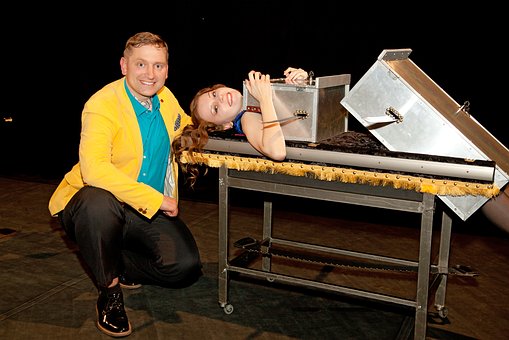If you work for any health care provider, your organization probably has a defined mission statement. This is true for large hospitals, outpatient clinics or physician practices. We all have them because we are told that we must define why we are here – really, what the organization is trying to accomplish.
Almost every organization will say that its mission statement is critical – it is what drives the organization. For some businesses this is true. Other organizations may say that the mission statement is critical, but in practice, it is nothing more than a marketing statement. In daily practice, it is irrelevant to how the organization operates. Generally, the employees know when both are true.
There are several critical factors that clearly demonstrate whether your organization really considers the mission statement critical to its success or largely ignores it. Before we identify these, lets understand what the mission statement is.
Mission, vision, and values
Along with a mission statement, many of us have also defined vision and values for the organization. How are mission, vision, and values statements different?
Here is how SHRM defines them:
A mission statement is a concise explanation of the organization’s reason for existence. It describes the organization’s purpose and its overall intention.
A vision statement looks forward and creates a mental image of the ideal state that the organization wishes to achieve. It is inspirational and aspirational and should challenge employees.
A values statement lists the core principles that guide and direct the organization and its culture. In a values-led organization, the values create a moral compass for the organization and its employees.
Mission statement and HR
HR is almost always involved in creating the mission statement or in the periodic revisions that take place. The organization wants the input of the HR professionals since it will impact every employee and it is important that we not only address those receiving its service but those who provide it.
In many cases, HR is also responsible for ruining a concise mission statement by making it sound like a lengthy EEO statement. We are so worried about inclusion, diversity and equality, that nothing can be left unsaid! So we assist the organization in coming up a mission statement like this: “to provide exceptional care while respecting the cultural, gender, and social- economic factors of each patient and caregiver in mutually supportive and empathetic environment. “
Sound familiar? A lot of healthcare mission statements are very similar.
Contrast that wordiness with my all time favorite mission statement: “To be the best place to give care and the best place to get care”.
Doesn’t that say it all? Provide the best care to the patient while being the best experience for the caregiver.
It is concise, it covers both the customer and provider experience. It is also measurable. There are many ways to determine whether or not the patient/employee experience is the best. For patients this can include quality data (CMS, outcomes), patient surveys, etc. For employees, engagement surveys, peer organization data, etc.
Is your mission statement there because experts said you should have one? Is it there as a marketing slogan to put on your website, patient information packets and employee handbook? Or, is it truly a integral part of the organization’s operation and a driver of its success?
There are some ways to tell how important the mission statement is to the organization’s success and all of them include HR.
5 critical factors
Your mission statement is real if :
Behaviors and skills that are critical to its success have been defined. If an organization is going to be the best place to get care, what does that look like in terms of patient interactions, technical skills of caregivers, efficiencies of patient processes, etc.? In terms of patient interactions, basic customer service skills are defined. To be the best place to get care would include the best technical skill as well as caring and compassionate behaviors. This might include staff be involved in continuous learning and job skill improvement–and the organization supporting such activities.
It is an essential part of the applicant screening and selection process. Evidence of mission-supportive skills and actions are critical for the successful job applicant. Job postings may include some of the essential skills. Applicant interviewing looks for experience in their use and application
It is covered in new employee orientation. New employees are oriented to their role in the mission. Its presentation in the initial orientation process will demonstrate how important the mission is to the organization. One hospital dedicated an entire day of the initial orientation to the mission.
It is a part of the performance management process including performance evaluation. Employees are held accountable for behavior that supports or hinders the mission. Formal performance evaluations assess not only job skills/performance, but also assess behaviors and actions critical to mission success. For example, if the mission statement includes “being the best” or “constantly improving or learning”, then an annual performance evaluation may include a standard such as ” Looks for ways to improve the hospital’s operations and/or image and communicates these verbally, in writing, or through a process improvement team”.
Recognition programs are designed to include the mission. Too often, our recognition programs reward “showing up”. We recognize anniversaries, perfect attendance, maybe employee of the month. If your mission statement is real, then recognition focuses on the things that advance it. You reward those whose actions further it and you make them organizational heroes. Here is another post that addresses meaningful recognition programs.
HR’s role
When you look at the 5 factors, it is apparent that HR either controls or has significant influence on each one. You have the ability to take an esoteric, lofty statement and make it a driver of organizational success in the real world–the one that you and your employees live in!





